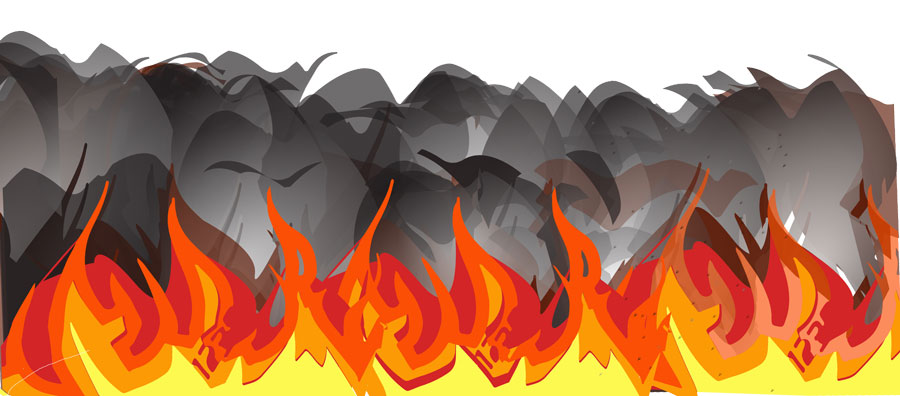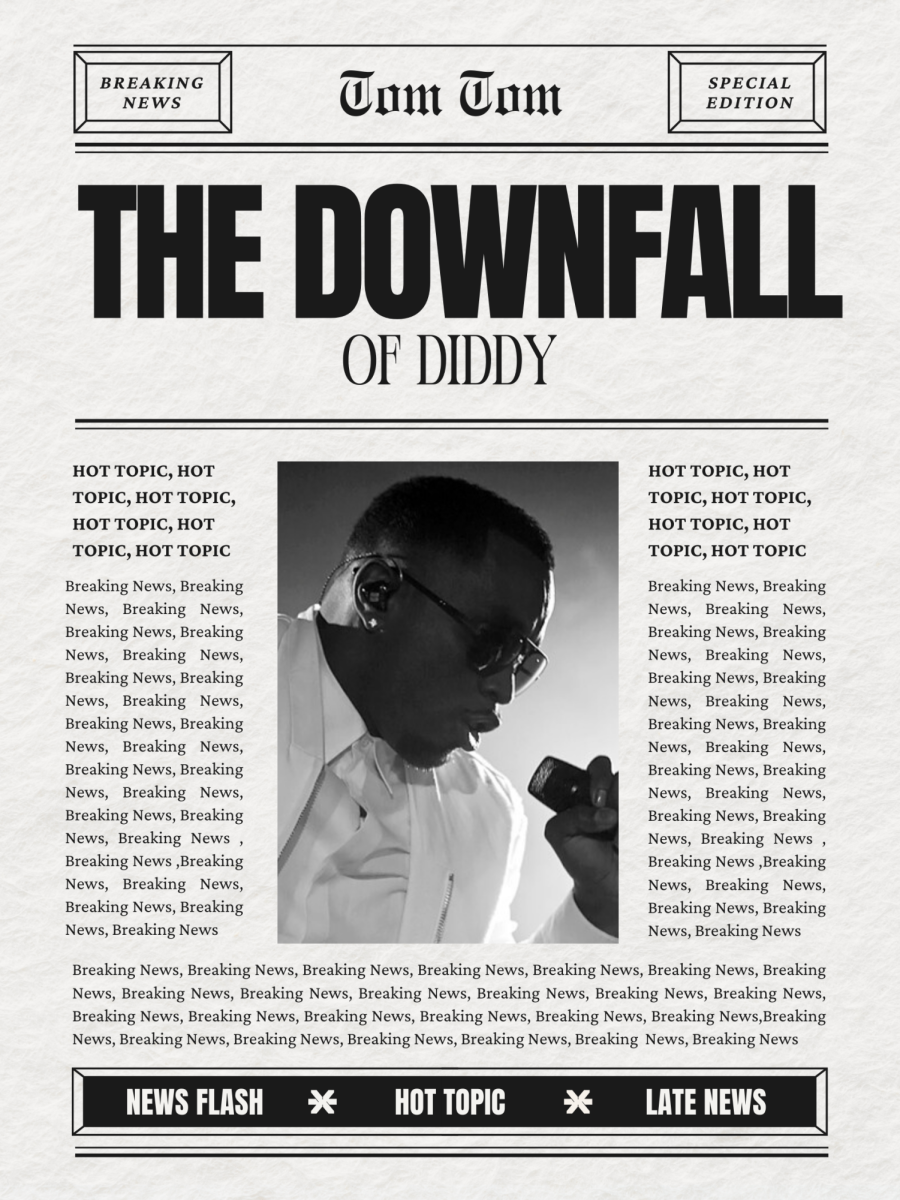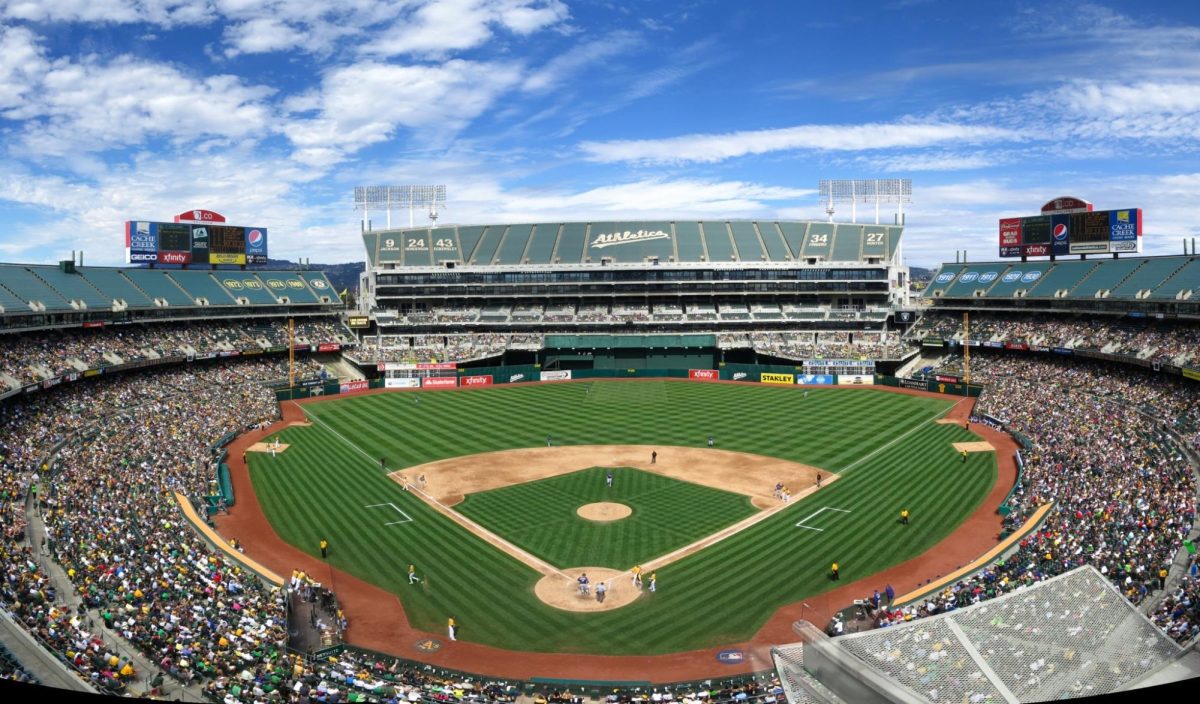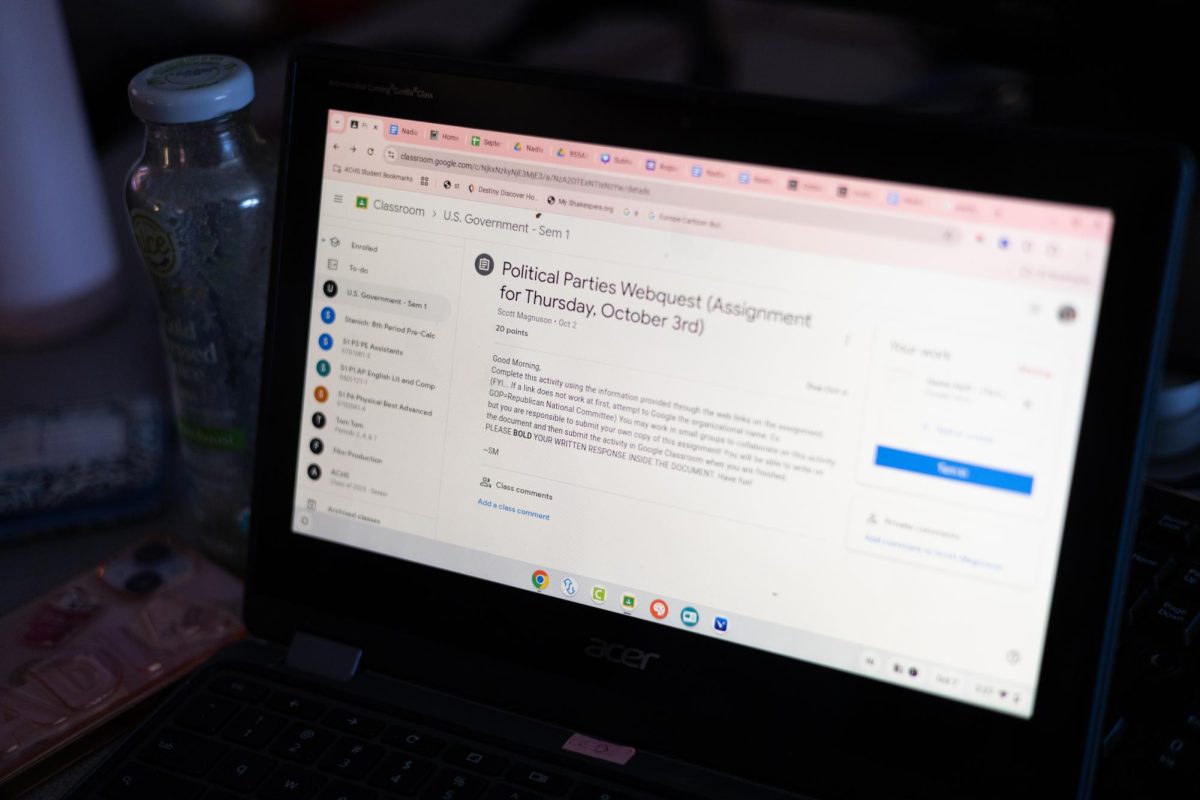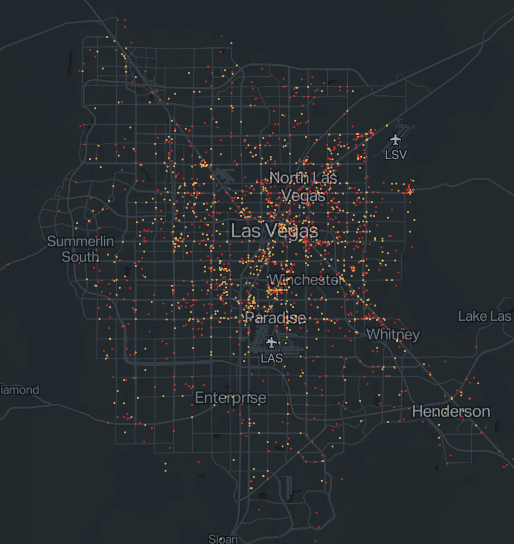Fear has struck many in the United States due to recent conflict with Iran. With social media rumors of “World War III” going around as well as a draft, many people do not know the true facts of what has been happening with this issue. There are possible misunderstandings one can have over the assassination of Qasem Soleimani and the events that have led up to the event.
THEN
Tensions have grown since the early 1950s when there was a dispute over Iran’s oil reserves. To understand the current events, looking at a timeline of past issues could aid in comprehension.
Iran’s Oil
The Iranian oil conflict happened in 1951 when Britain gained control over Iran’s oil reserves. Once former Prime Minister Mohammad Mossadegh was appointed, Iranians asked for Iran to take back their control over the nation’s natural resources.
Soleimani as Head of the Quds Force
Qassem Soleimani was appointed chief commander of the Quds force in 1997, a unit specialized in handling overseas operations for Iran. Soleimani grew his following throughout the Middle East while he rose to be one of the most powerful leaders of Iran.
Iran Hostage Crisis
Iranian students raided the U.S Embassy in Tehran, Iran and dozens of Americans were taken hostage. The students demanded the Shah, Mohammad Reza Pahlavi, be extradited to Iran from his temporary home in the U.S for cancer treatment. It took 444 days for Iran to liberate the hostages in trade for assets to be unfroze by the Americans, just a few minutes after former President Ronald Reagan was sworn into office. Throughout the crisis the U.S decided to cut diplomatic relations with Iran, formal diplomatic ties were never regenerated between the countries. The crisis lasted for two years, from November 4, 1979 to January 20, 1981.
Iran Named “Axis of Evil” by George Bush
In the wake of the 9/11 attacks, Iran covertly aided the U.S. in fighting the Taliban— an Afghan religious and political group. In the State of the Union Address of 2002, former President Bush referred to Iran and North Korea as part of an “Axis of Evil.”
Iran Nuclear Deal Signed
The Iran Nuclear Deal among six nations was signed in 2013. This slowed down the development of nuclear power in Iran, although this was only part of a trade created to lift sanctions that stunted Iran’s economy.
U.S and Europe Lift Sanctions
As promised in the nuclear deal, the United States and Europe have reprimanded rules regarding uranium enrichment and more on July 16, 2016. The following day, former President Barack Obama enforced new sanctions against 11 people and companies linked to Iran’s ballistic missile program.
Trump Bans Nationals
Shortly after taking office in 2017, President Donald Trump banned nationals from seven countries that are primarily Muslim for 90 days. In response to this, Iran conducted a ballistic missile test, which furthered tensions between the U.S. and Iran.
U.S. Quits Iran Nuclear Deal
As promised in his campaign, President Trump withdrew from the Iran Nuclear Deal in 2018. This caused widespread panic over the potential idea of Iran restarting its atomic program, but also created a platform for conflicts in the Middle East to break out.
IRGC Labeled as Terrorist Organization
Tehran’s most powerful military group, the Iran Revolutionary Guard Corps, was classified as a terrorist group by President Trump in April of 2019. Since the IRGC is technically part of Iran’s government, this marked the first time that the U.S. characterized a part of a government as a terrorist group. Iran’s response was calling the U.S. a “state sponsor of terrorism.”
Iran Bends Terms of the Nuclear Deal
After the U.S withdrew from the nuclear deal, sanctions— political decisions as part of diplomatic efforts by countries that were once lifted under the nuclear deal, settled down in June of 2019. Iran increased the cost of low-grade uranium, which moved Iran one step closer to obtaining the ability to construct a nuclear bomb.
U.S. Strikes Iraq and Syria
Succeeding the attack of U.S personnel by pro-Iranian militias in Iraq, the U.S. conducted airstrikes on compounds in Iraq and Syria in December of 2019. Days after the airstrikes, pro-Iranian protesters raided the U.S. Embassy in Baghdad, Iraq.
All of these conflicts have led to the decisions made in recent situations with Iran: the assassination of Iran’s second most powerful person, Qassem Soleimani, as well as the launching of missiles as Iran’s response to American military action. The start of 2020 brought increased tension between the U.S and Iran and division amongst the U.S Congress.
NOW
More incidents with Iran, occurred merely a few days after the new year started. The killing of Qasem Soleimani changed the way not only the United States viewed Iran, but the way Iran viewed the United States.
On January 3, 2020, an airstrike was conducted by the United States to kill Iran’s top general, Soleimani. He was the former commander of the Islamic Revolutionary Guards Corps Quds Force. Business Insider reported that President Trump’s hope was to deter future violence from the Iranian military. Secretary of State Mike Pompeo told reporters that an “imminent attack” was being developed in the United States from Iran. He also believes that Trump’s decision to eliminate Soleimani “saved American lives.”
Soleimani controlled many of Iran’s spies and other military possessions; this turned him into a large symbol for the Iranian military. With his death came many protests from civilians mourning the loss of their leader.
The funeral for Soleimani took place in Tehran, Iran. Thousands of people flooded the streets to view their former general. Before the burial began, a stampede broke out in Kerman, the general’s hometown. According to the Times, there is no information as to why this stampede began. There were over 200 people injured and 56 killed.
After the airstrike President Trump conducted, Iran retaliated. In honor of Soleimani, the Iranian military attacked American bases in Iraq.
“[Iran] didn’t necessarily do a lot of damage, but at the same time if they had done damage and had killed American forces, it would’ve caused an escalation of the situation,” social studies teacher Emma Craig said. “Then the U.S. would have to respond. It would snowball into something bigger, so I think for the outcome that they wanted is the correct response.”
The Washington Post found that as a result of this response, 11 United States troops had to leave for medical treatment. Military spokeswoman and Army Major Beth Riordian said the service members injured were transported to Germany to receive further medical treatment. The Washington Post found that while there were no deaths on the American side, there may be more serious injuries found after medical examinations in Landstuhl.
Another attack made by Iran was a Boeing 737-800 shot down soon after take off from Tehran, Iran. CNN found that this was due to fear and aggression towards the United States, but the commander of the Islamic Revolutionary Guards Corps’ airspace unit stated that it was “human error.” Their military had seen the jet take a turn near a sensitive military base in Iran, thus causing them to shoot down the plane. This attack killed all 176 passengers on the plane- 130 of them were citizens of Iran.
Iran’s foreign Minister Mohammad Javad Zarif wrote on Twitter, “Human error at time of crisis caused by US adventurism led to disaster.”
This means that while Iran’s military takes blame for the accident of Flight 752, the United States still had something to do with it, according to Zarif. Everything that happened between the two countries has caused strain on Iran’s vision when viewing anything that has to do with their territory. The missile attacks have changed Iranians citizen’s perspective on their own country, which can be proven by the way the Iranians have protested against their country.
“If [Iranians] did not support the government, now with the plane that was shot down, there’s some public demonstrations against it,” Craig said. “I think some people have become more vocal against their government since [Soleimani’s] assassination. I think [Iran] responded appropriately for wanting to deescalate the situation.”
These protests have formed a rough relationship between the United States and the citizens of Iran. Many of these angered citizens line the streets to protest America’s presence in Iraq. Because of the way the Iranian police have dealt with the protests, there have been many casualties.
The White House has since then announced they will be putting additional economic sanctions on Iran. Treasury Secretary Steven Mnuchin said that billions of dollars will be cut off from Iran’s regime.
After everything that the United States has done to Iran, their government has put a bounty on President Trump. Forbes found that an Iranian lawmaker will give the person who kills President Trump three million dollars.
This aggression between the two countries has caused some of the media to deem this “World War III”; however, there has been no talk of war, only sanctions on Iran. There is no way to tell what the United States’ future with Iran looks like, but what should be noted is that “World War III” is nothing more than a meme.
World War III
In a span of hours after Iran struck American troops, social media was buzzing. The hashtag, WorldWarIII was trending on Twitter, with people tweeting about how the United States’ relationship with Iran will spawn a new world war. Not only were news accounts talking about the incident, but random strangers were both writing and joking about it.
“I just think [World War III] is classic internet culture,” junior Jackson Hellen said. “Generation [Z] is just one to turn everything into memes.”
These ‘memes’ include people talking about people possibly being drafted to war. These jokes also went as far as saying that anyone from the two youngest generations would be making videos on the battlefield instead of fighting; however, as far as the country knows, there will be no draft.
Unless people are on social media, it would be hard to be exposed to this type of content. Sophomore Morgan Flood uses social media to talk to her friends instead of looking at random things that are trending.
“I don’t think there will be World War III, but mainly because I don’t know what’s going on,” Flood said.
Becoming educated on Iran can be done by looking at news or reading about it on social media or in magazines or newspapers. Nevertheless, one also needs to have the time to be able to do so.
“I was never educated on [Iran],” senior Lily Highley said. “I don’t have the time to educate myself on it with sports and school.”
Social media is not something just in the United States. Citizens in other countries that are not part of this conflict can see everything that is going on with a simple scroll. Therefore, “World War III” is a worldwide event without it even existing.



